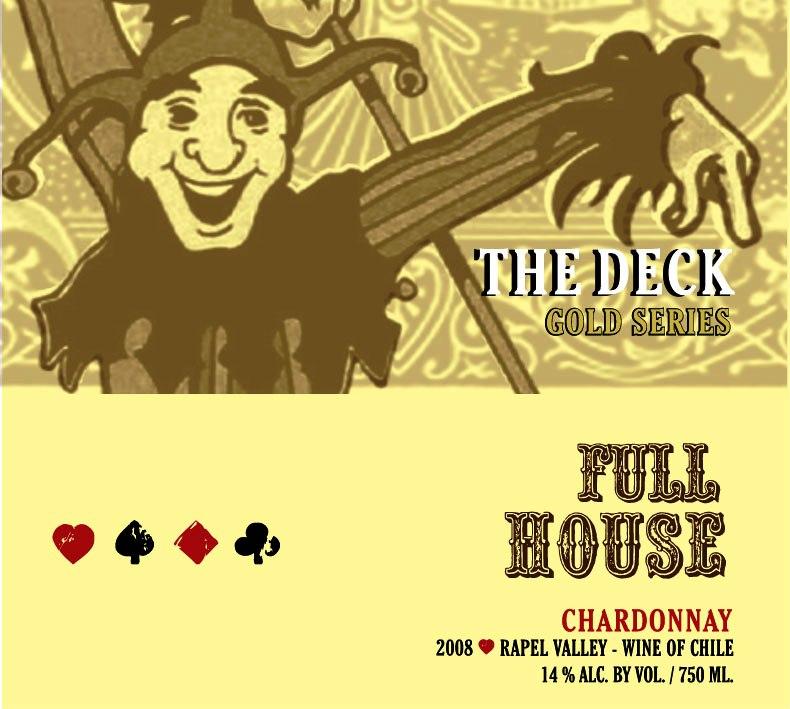2008 Rapel Valley Chardonnay
The Deck Full House is a captivating white wine from the esteemed Rapel Valley, showcasing the best of a magnificent 2008 vintage. This Chardonnay presents a full-bodied structure that perfectly balances its lively acidity, making it both refreshing and intriguing. The fruit intensity is prominent, with delightful notes of ripe stone fruits and zesty citrus that dance on the palate. Its smooth texture is enhanced by subtle oak undertones, offering a well-rounded and complex experience. Furthermore, this wine is crafted in a dry style, ensuring it pairs beautifully with a variety of food, making it an exceptional choice for any occasion. Enjoy the elegance and charm that The Deck Full House brings to your glass.
The Deck Full House is a captivating white wine from the esteemed Rapel Valley, showcasing the best of a magnificent 2008 vintage. This Chardonnay presents a full-bodied structure that perfectly balances its lively acidity, making it both refreshing and intriguing. The fruit intensity is prominent, with delightful notes of ripe stone fruits and zesty citrus that dance on the palate. Its smooth texture is enhanced by subtle oak undertones, offering a well-rounded and complex experience. Furthermore, this wine is crafted in a dry style, ensuring it pairs beautifully with a variety of food, making it an exceptional choice for any occasion. Enjoy the elegance and charm that The Deck Full House brings to your glass.




